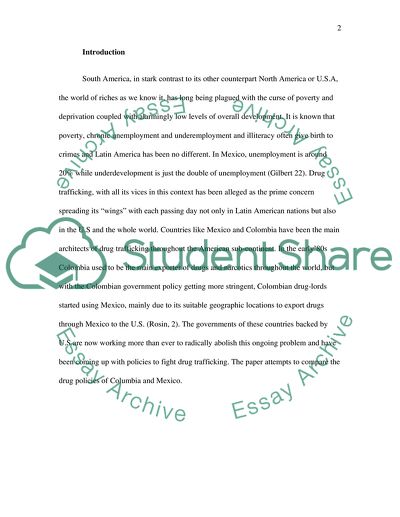Cite this document
(Drug Policy in Mexico and Colombia Case Study Example | Topics and Well Written Essays - 2000 words - 1, n.d.)
Drug Policy in Mexico and Colombia Case Study Example | Topics and Well Written Essays - 2000 words - 1. Retrieved from https://studentshare.org/law/1577120-drug-policy-in-mexico-and-colombia
Drug Policy in Mexico and Colombia Case Study Example | Topics and Well Written Essays - 2000 words - 1. Retrieved from https://studentshare.org/law/1577120-drug-policy-in-mexico-and-colombia
(Drug Policy in Mexico and Colombia Case Study Example | Topics and Well Written Essays - 2000 Words - 1)
Drug Policy in Mexico and Colombia Case Study Example | Topics and Well Written Essays - 2000 Words - 1. https://studentshare.org/law/1577120-drug-policy-in-mexico-and-colombia.
Drug Policy in Mexico and Colombia Case Study Example | Topics and Well Written Essays - 2000 Words - 1. https://studentshare.org/law/1577120-drug-policy-in-mexico-and-colombia.
“Drug Policy in Mexico and Colombia Case Study Example | Topics and Well Written Essays - 2000 Words - 1”. https://studentshare.org/law/1577120-drug-policy-in-mexico-and-colombia.


